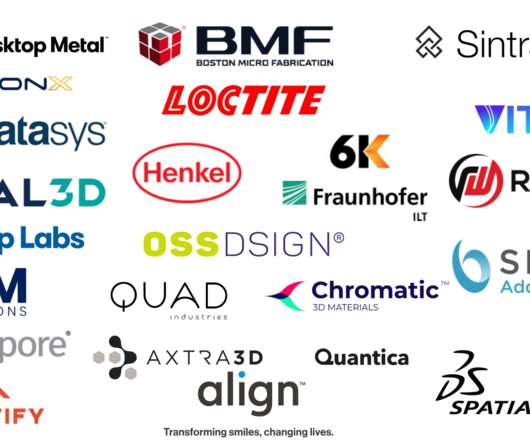Smart SMEs Are Proactive Value Chain Partners
iBASEt
MAY 26, 2022
With high visibility into their operations, thanks to accurate insights provided by their digital systems about current production capabilities, these businesses can provide faster and more reliable responses to OEM inquiries regarding price, quality, and delivery when OEMs request parts releases within existing agreements or on new orders.












Let's personalize your content